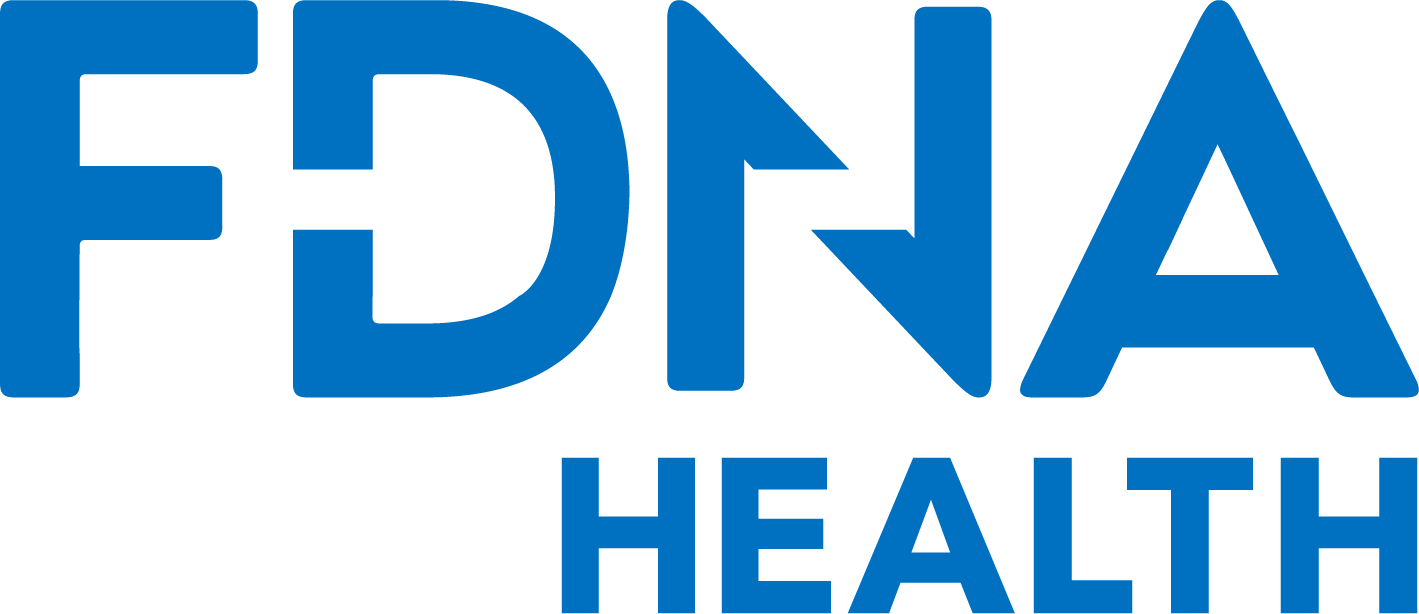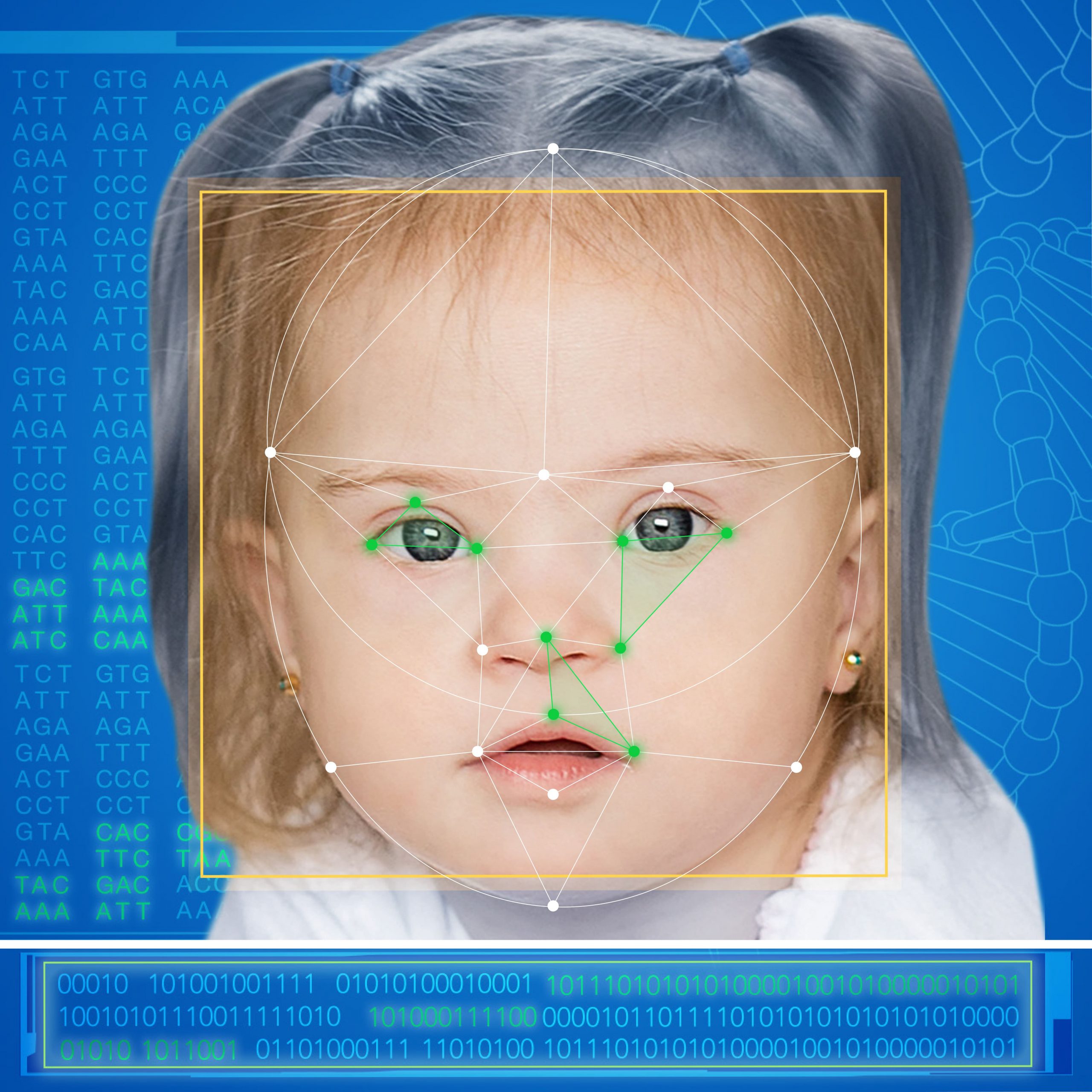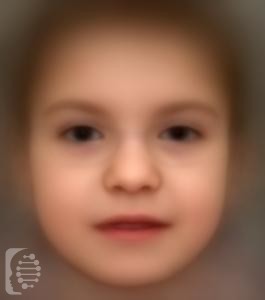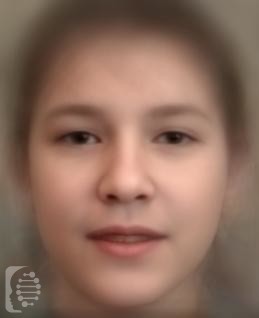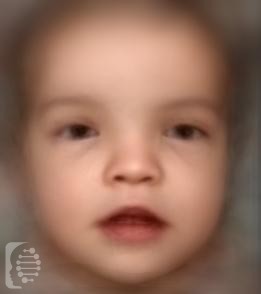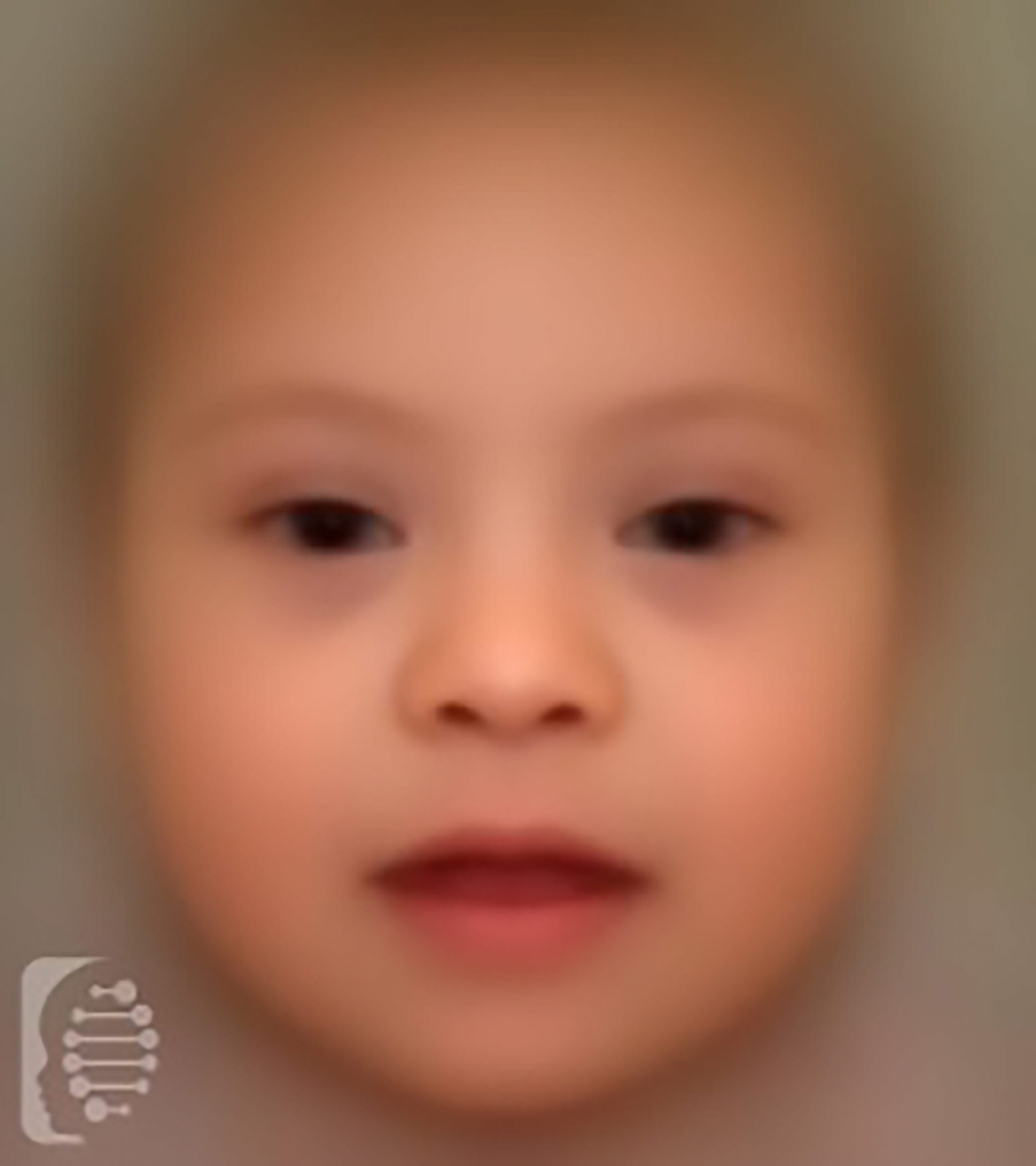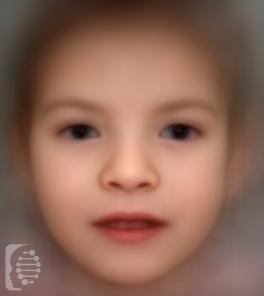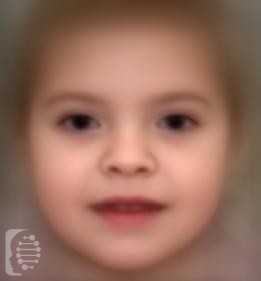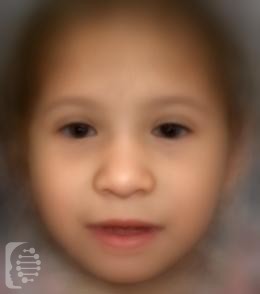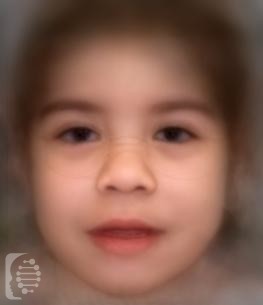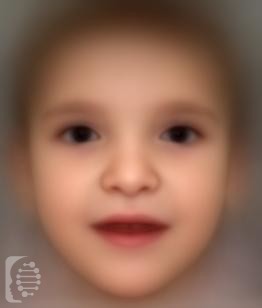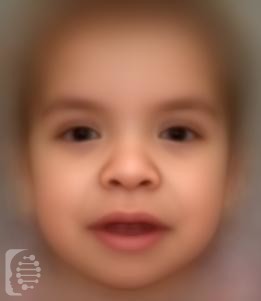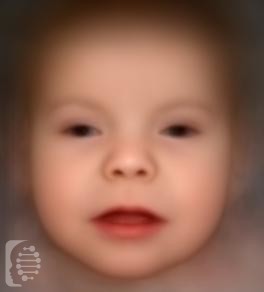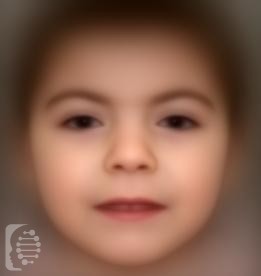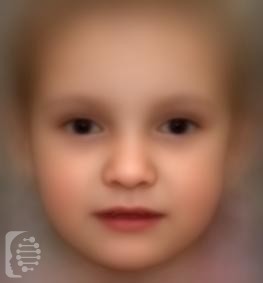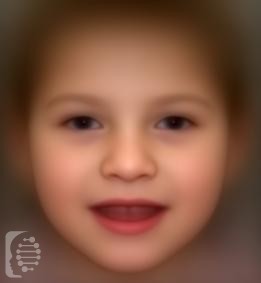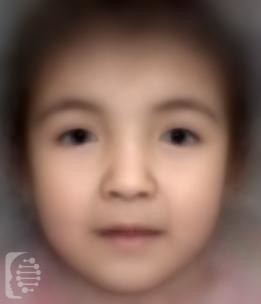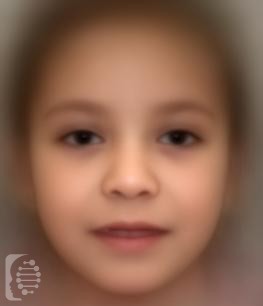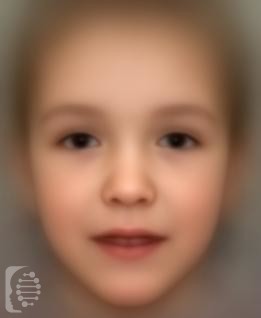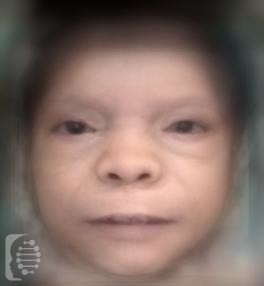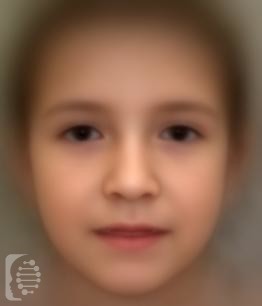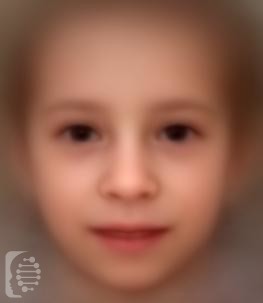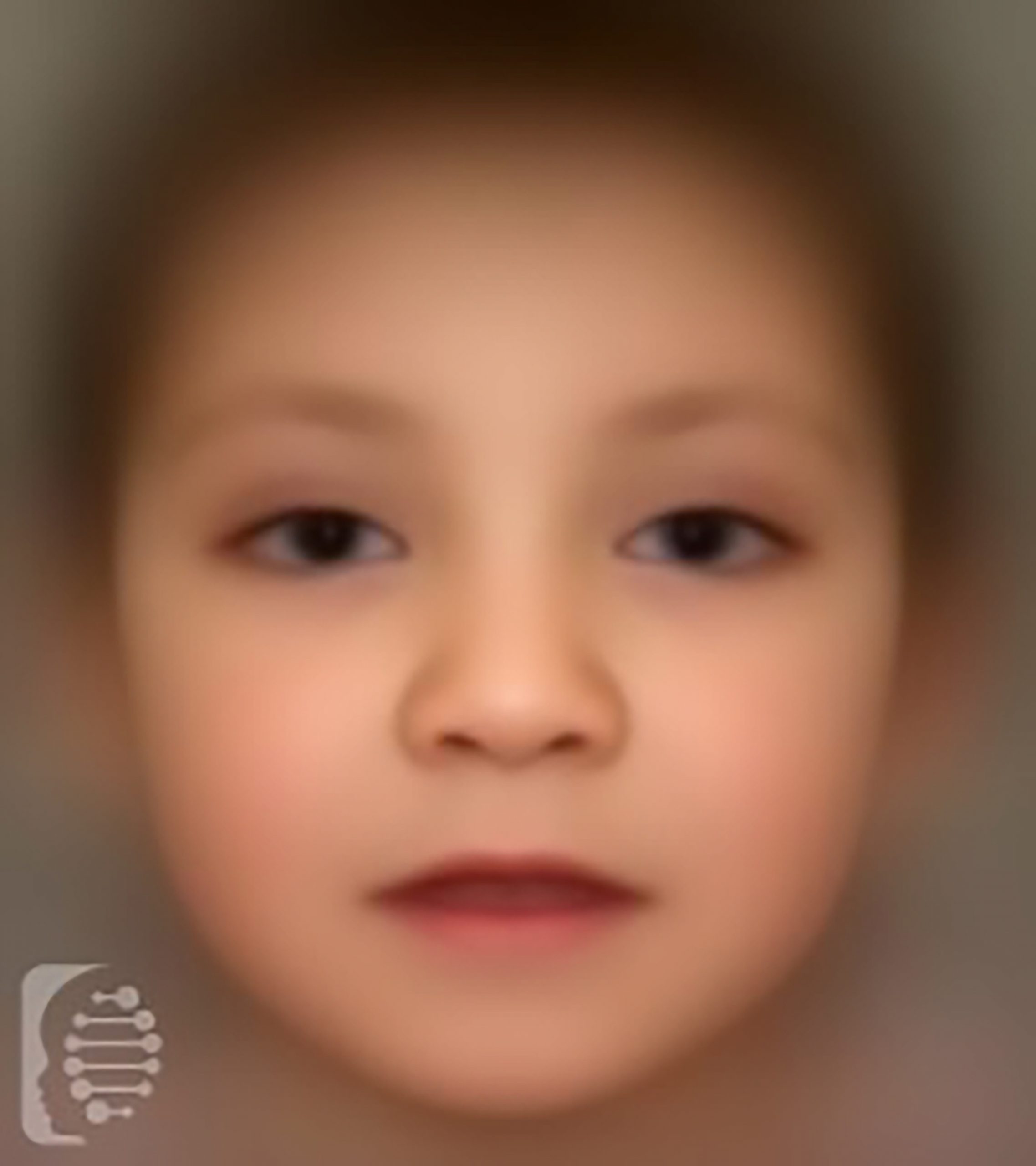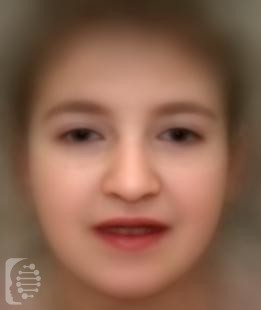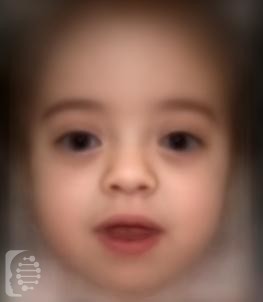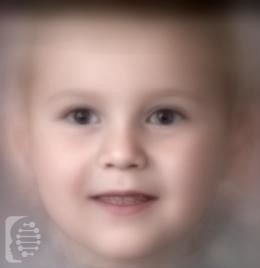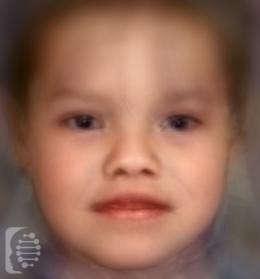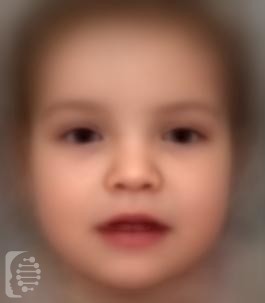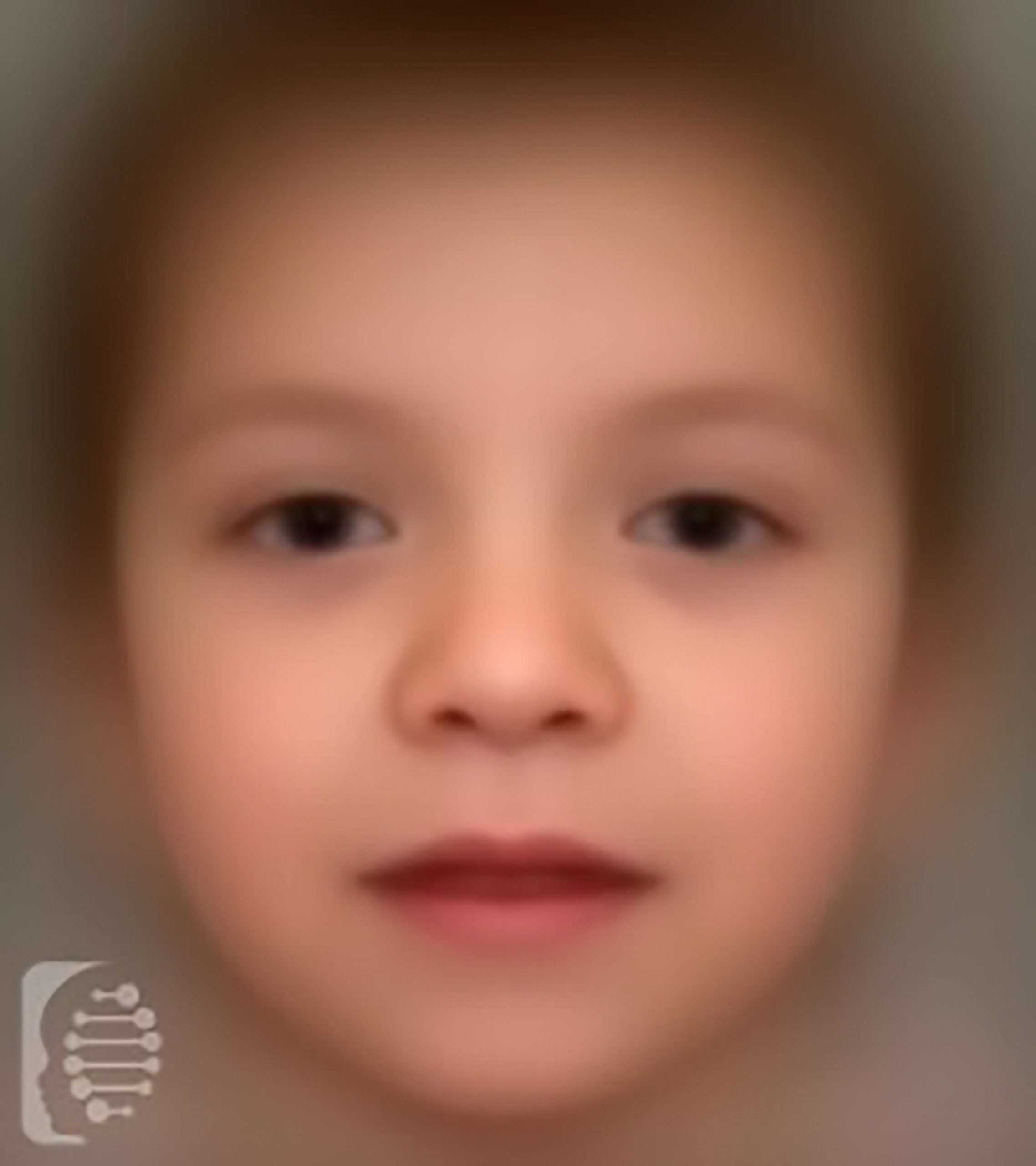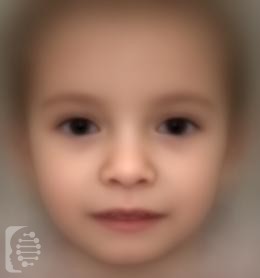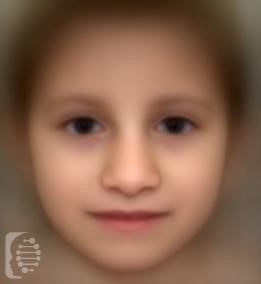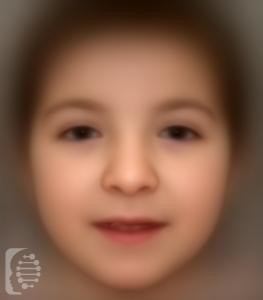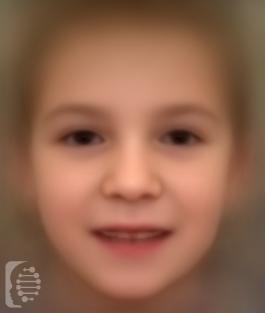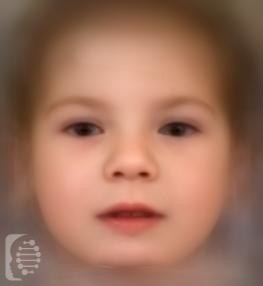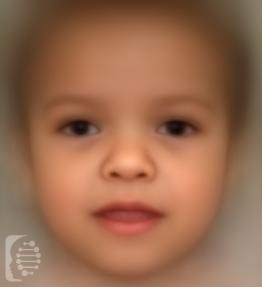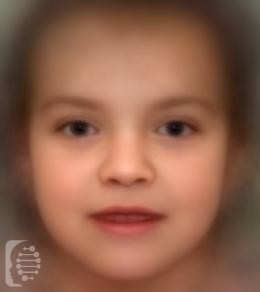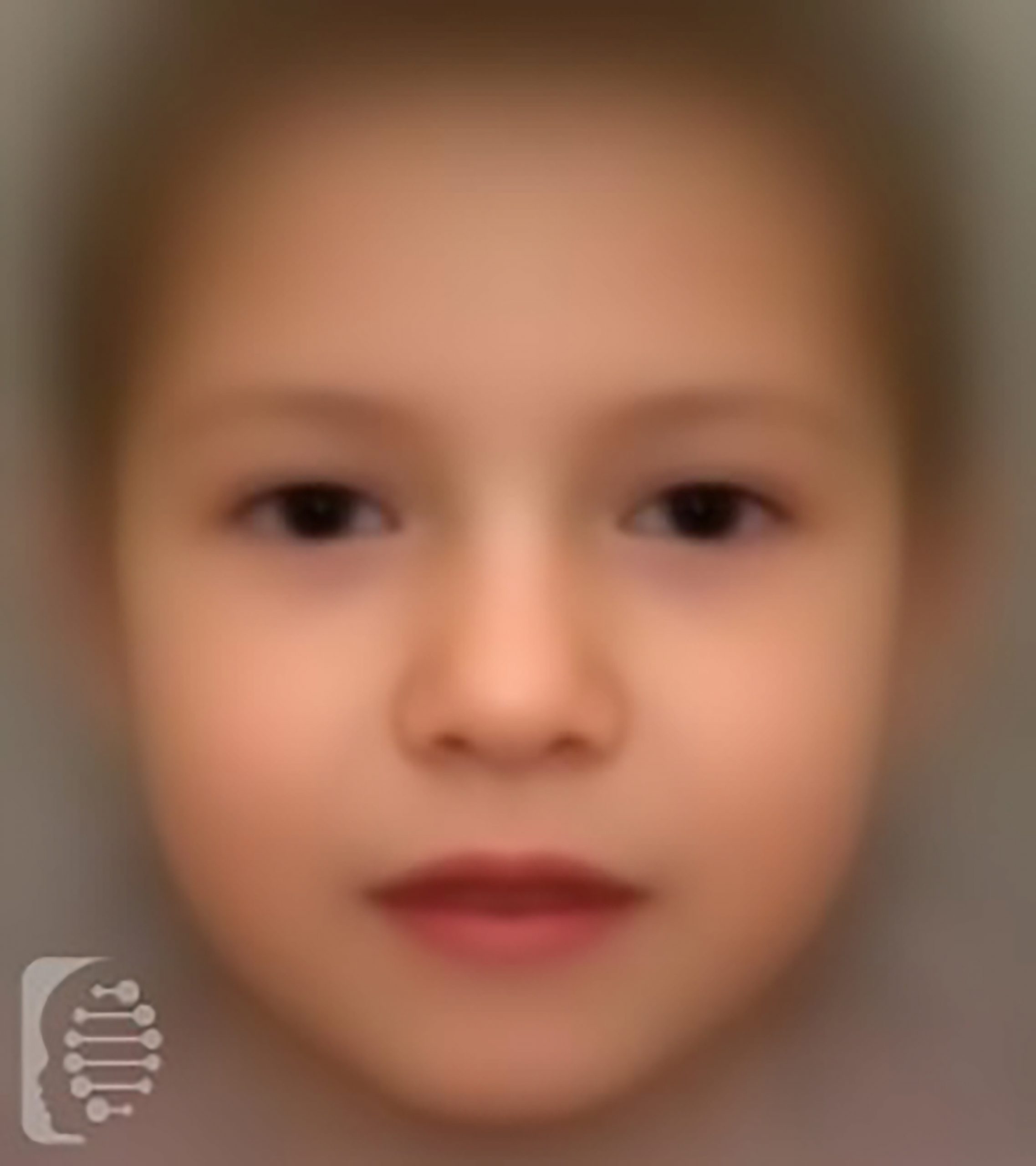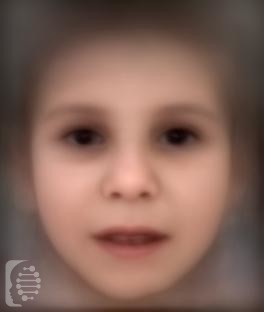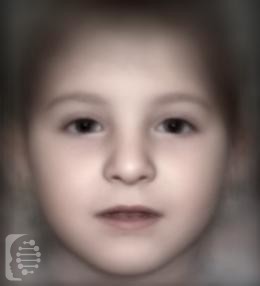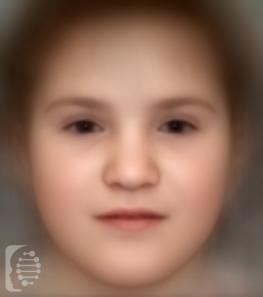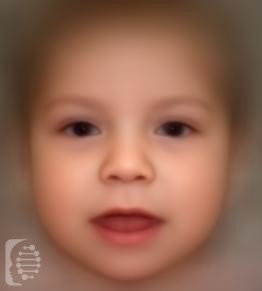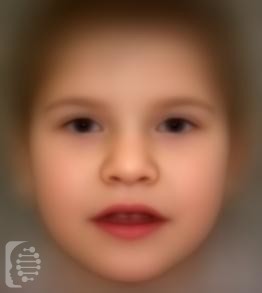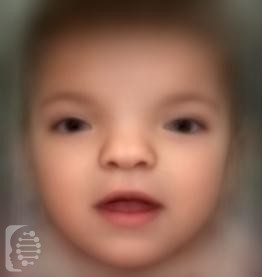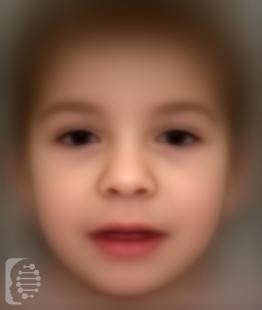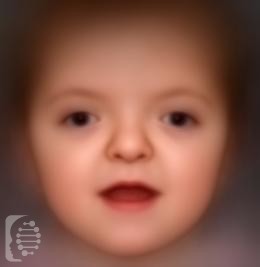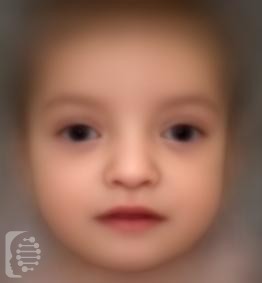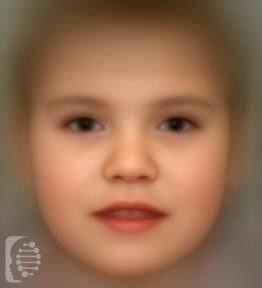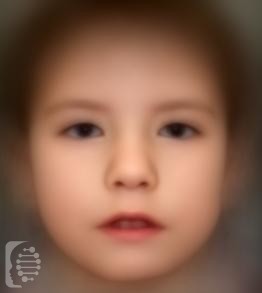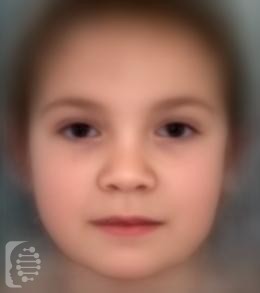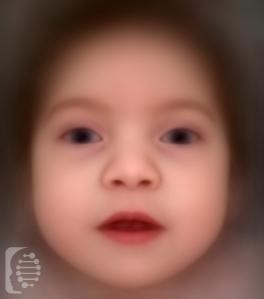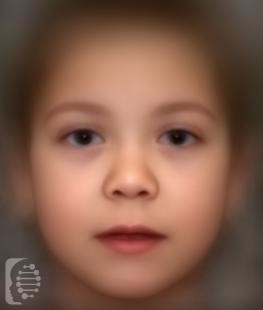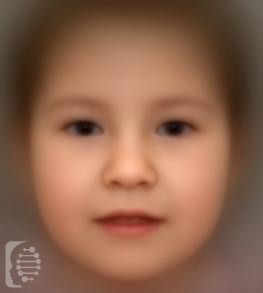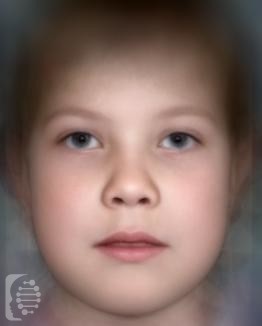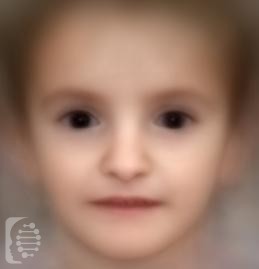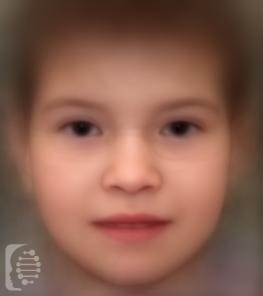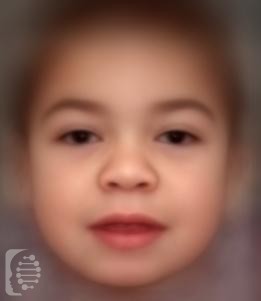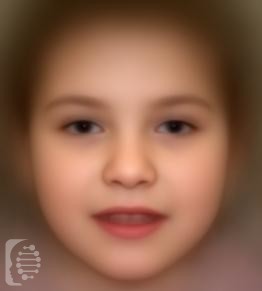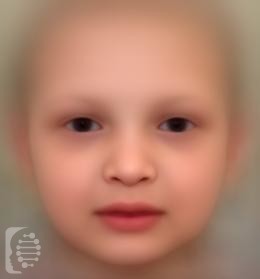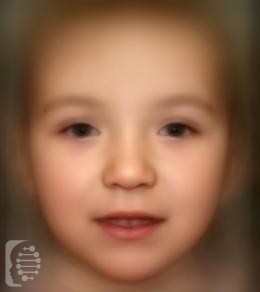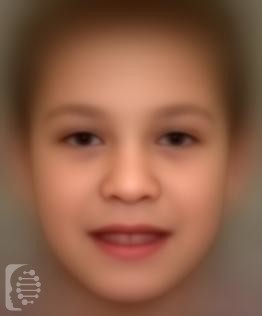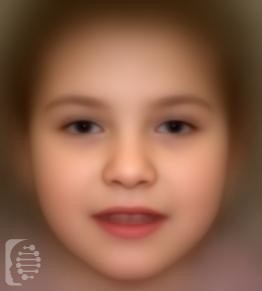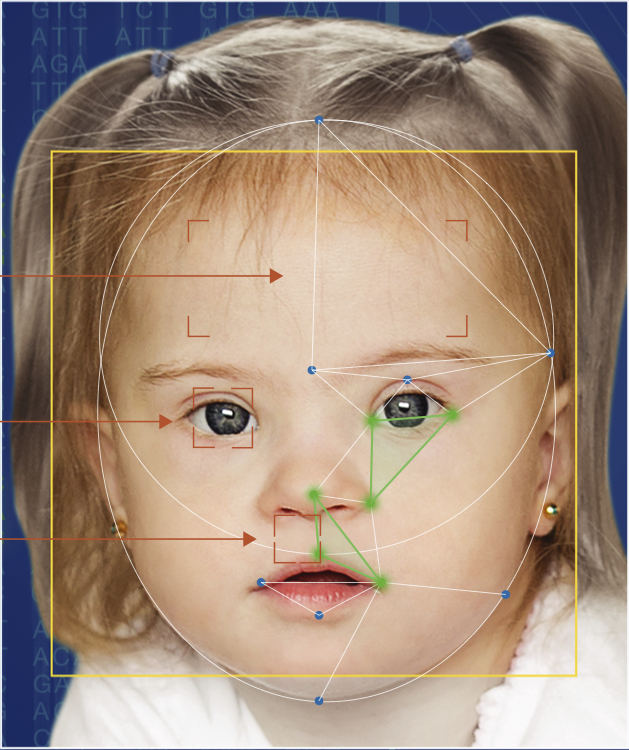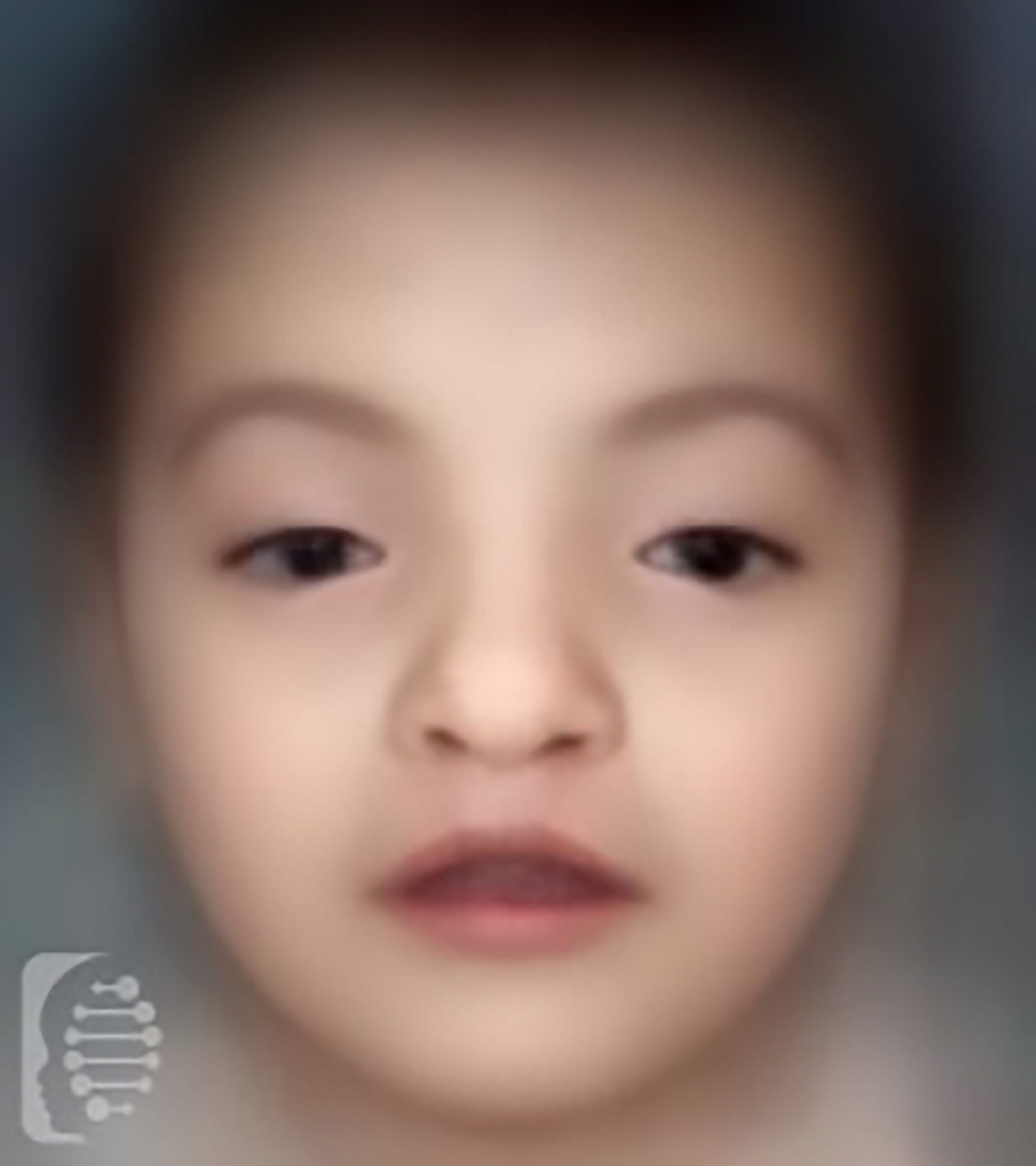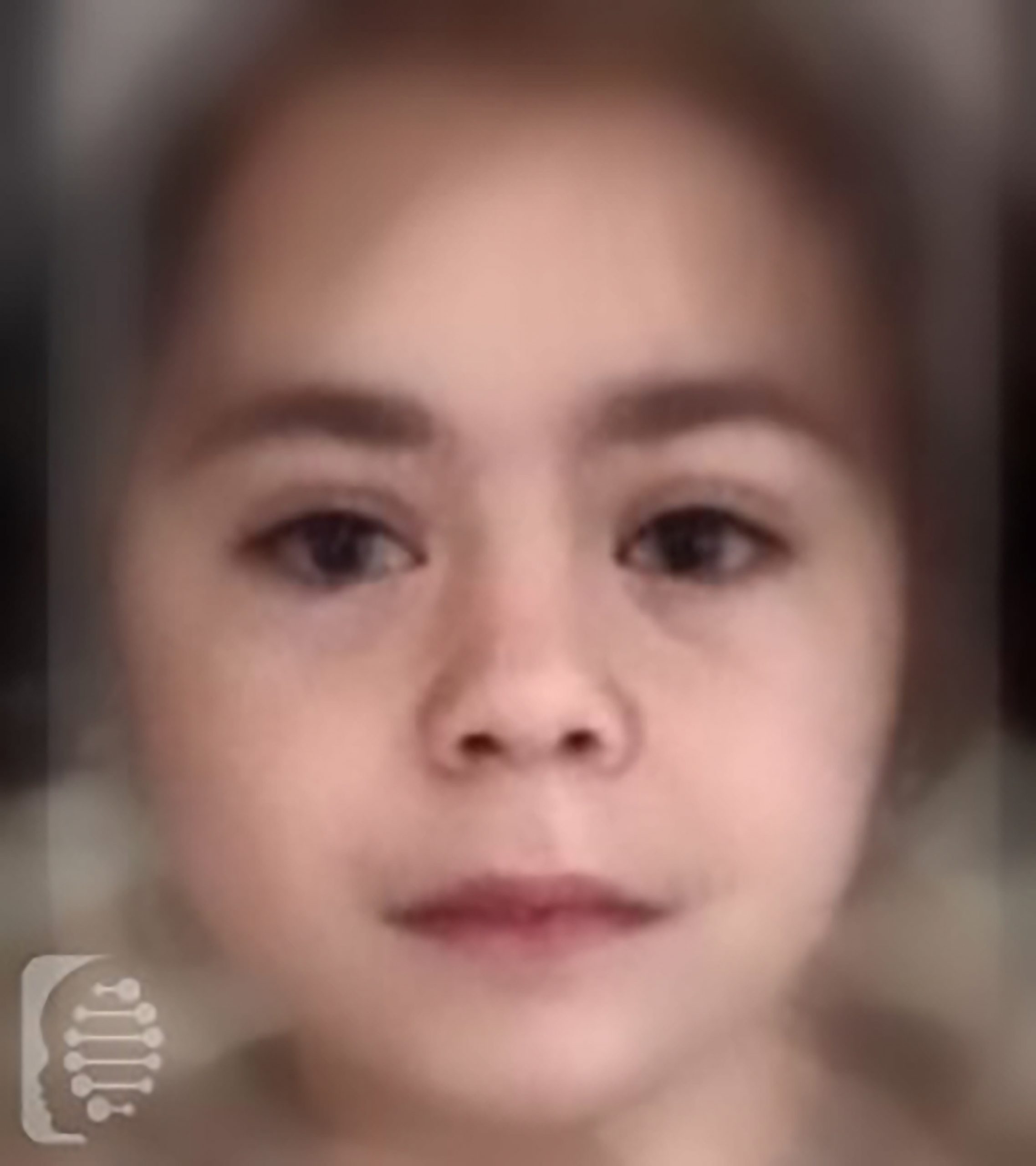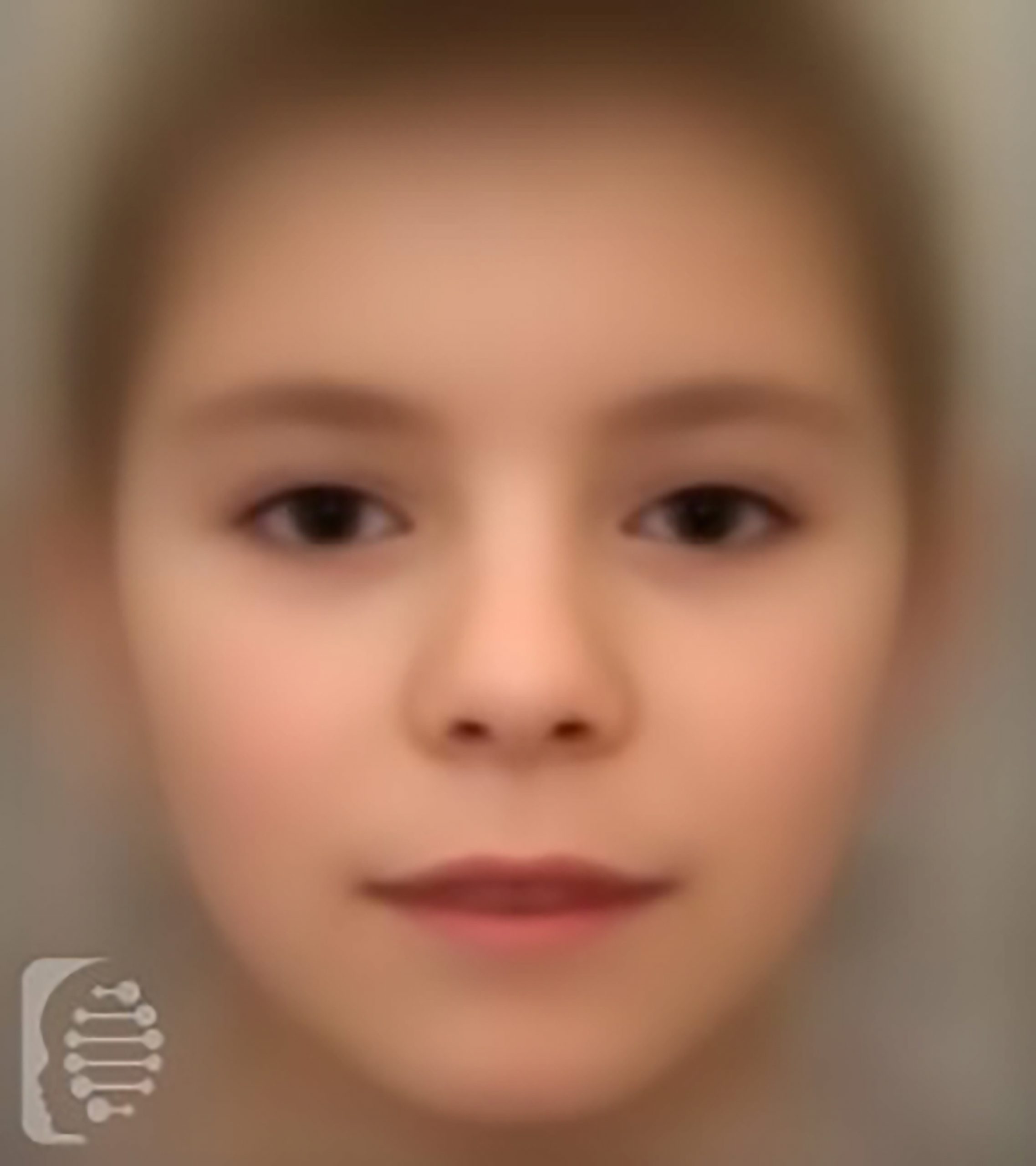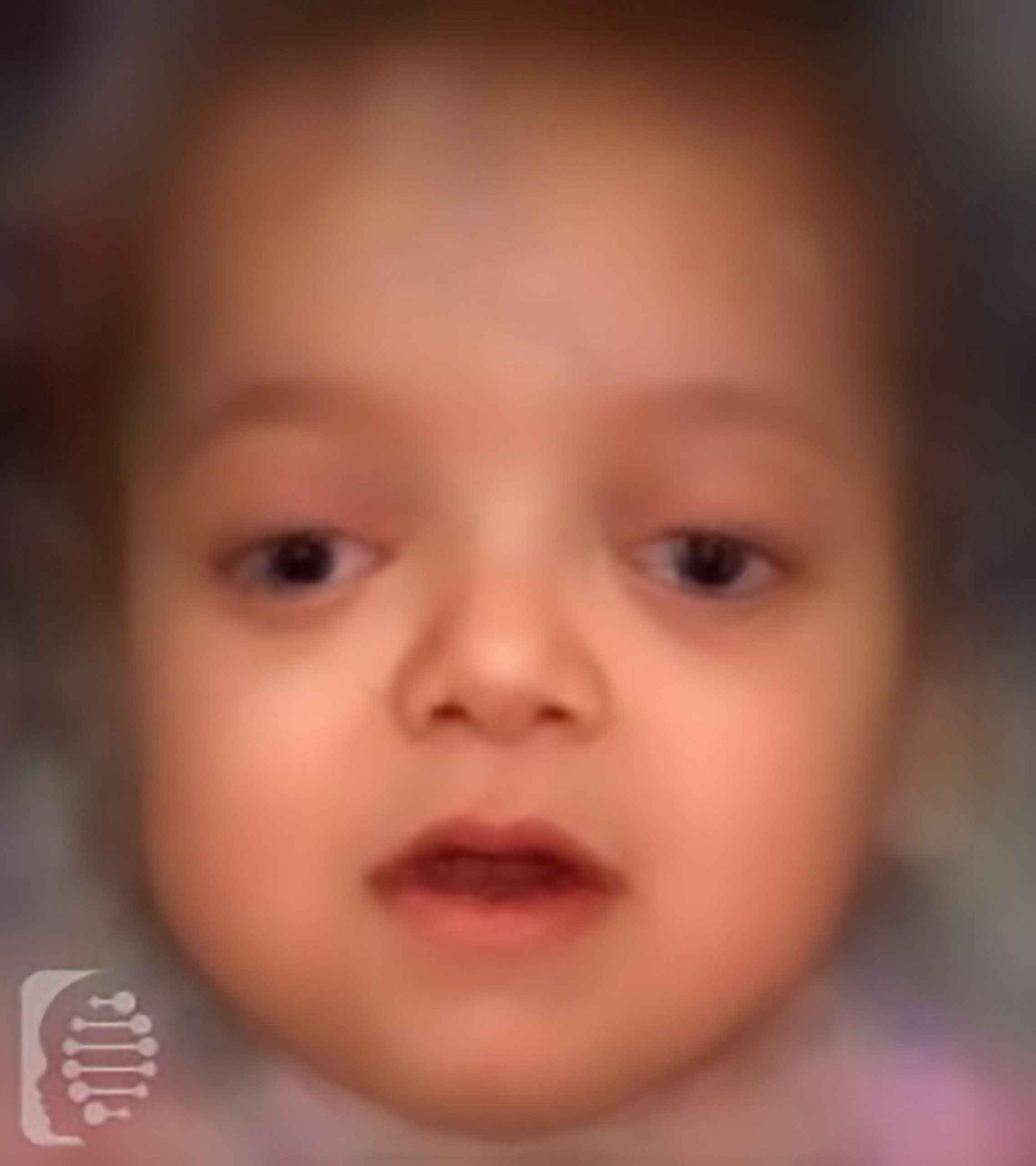Paula and Bobby
Parents of Lillie
Brachycephaly
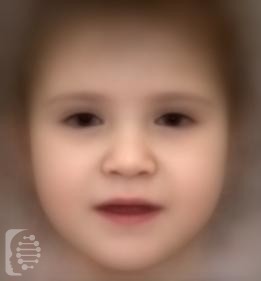
Understanding skull related symptoms and features
Symptoms may affect multiple parts of the body. Understanding which part of the body a symptom affects, can help us to better understand the potential underlying causes of a symptom, including a rare disease or genetic syndrome.
The skull has several crucial functions: it cradles and protects the brain, supports the face and forms the head. It is a bony structure made up of the mandible and cranium.
Symptoms affecting the skull can sometimes be seen with the naked eye, especially if they affect the shape, size and structure of the head and face. Diagnosing a skull related symptom may involve different tests and assessments, both subjective and objective.
What is Brachycephaly (wide head)?
An abnormal skull shape defined by a decreased diameter measurement between the front and back of the skull. It is usually measured by using the cephalic index (ratio of the maximum width of a head of a living thing, multiplied by 100 and divided by maximum length front to back), and an index greater than 81% meets the definition of brachycephaly or a wide head. It can also be measured by the presence of an obviously shortened length of the head compared to its width.
Generally the current system of measuring using the cephalic index is based on average head and skull sizes for caucastion patients. This should be taken into account when diagnosing this symptom or not. It should also be noted that changes in how infants are put to sleep (on their backs in accordance with safe sleep guidelines) has had some impact on head and skull sizes and shape in healthy infants.
What should I do next?
In some instances a wide head or skull may be one of the features of a rare disease or genetic syndrome. In this case fast, targeted genetic analysis can give you a more accurate diagnosis.
Synonyms:
Wide head shape, Wide cranium shape, Broad skull shape, Broad head shape, Broad cranium shape, Short and broad skull, Wide skull shape.
HPO:
Optional syndromes:
More than 250,000 patients successfully analyzed. Clarify any concerns you may have and get tested online today.
Start Here!
Synonyms:
Wide head shape, Wide cranium shape, Broad skull shape, Broad head shape, Broad cranium shape, Short and broad skull, Wide skull shape.
HPO:
Optional syndromes:
FDNA™ Health can help you with the diagnostic journey.
Learn about child developmental delays: Causes, Symptoms, and Therapies.
Don't wait years for a diagnosis. Act now and save valuable time.
Explore the most detected symptoms in our system (numbers are global and based on the data from 120 countries):
What is FDNA Health?
With the largest global database and a leading decision-support tool using AI, FDNA™ Health enables patients and their families to better understand symptoms and conditions with the goal of shortening the time to diagnosis.
Benefits of FDNA Health
Save valuable time by
learning about possible conditions
and report to your clinician
Advanced AI technology
and leading worldwide clinicians
shortening time to diagnosis
Looking for answers?
Worried about child development?
We are here to help you!
